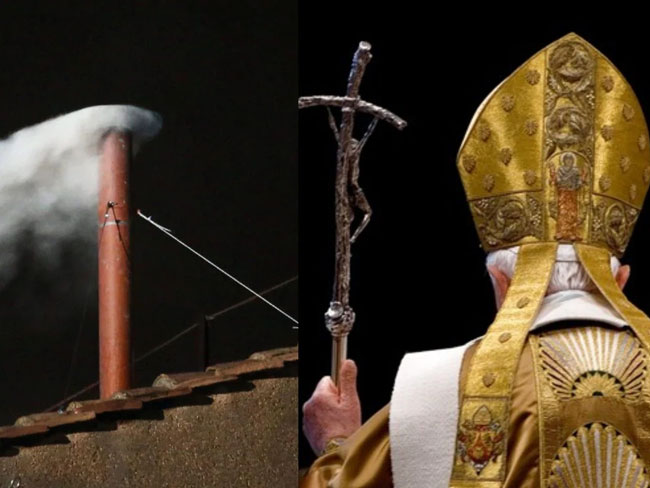Pope Francis, who served as the spiritual leader of 1.4 billion Roman Catholics around the world for 12 years, has passed away at the age of 88. His death marks the beginning of the traditional and highly secretive process of selecting a new pope — a process known as the Conclave.
The pope is regarded as the supreme head of the Roman Catholic Church and is considered the successor of Saint Peter, the foremost disciple of Jesus Christ. As such, the pope holds complete authority over the Church’s doctrines and beliefs.
How Is a New Pope Chosen?
Following Pope Francis’s death, the focus now shifts to who will become the next pope. The process is initiated by the College of Cardinals, which currently comprises 252 senior Catholic officials. However, only 138 of them — those under the age of 80 — are eligible to vote. The remaining members may participate in discussions but cannot cast a vote.
The Sistine Chapel and the Sign of Smoke
The voting takes place inside the historic Sistine Chapel at the Vatican, renowned for its iconic frescoes painted by Michelangelo. Until a new pope is elected, the Church is temporarily governed by the College of Cardinals.
The process is conducted in complete secrecy. Black smoke from the chapel chimney signifies that a decision has not been reached. When white smoke finally rises, it signals to the world that a new pope has been chosen. A senior cardinal then steps onto the balcony and declares “Habemus Papam” — Latin for “We have a pope.” The newly elected pope then appears before the public, announcing his chosen papal name.
Who Could Be the Next Pope?
In theory, any baptized Roman Catholic male can become pope. However, by tradition, the pope is almost always chosen from among the cardinals. When Pope Francis was elected in 2013, he became the first South American to hold the position. Despite this, history shows that out of 266 popes, 217 have been from Italy. This pattern suggests that the next pope may once again be from Europe — possibly Italy.
A Simpler Farewell for Pope Francis
Pope Francis was known for simplifying Church traditions during his lifetime, and his final rites will reflect the same spirit. Instead of being buried in the Vatican, he will be laid to rest at the Santa Maria Maggiore Basilica in Rome. He will not be placed in the traditional set of three nested coffins, but rather in a simple wooden coffin lined with zinc. His body will not lie in state for public viewing; instead, the faithful will pay their respects to him as he rests in the closed coffin.




